Helen’s Big World and Annie and Helen
Helen’s Big World: The Life of Helen Keller
Written by Doreen Rappaport and Illustrated by Matt Tavares
Published by Hyperion in 2012
978-0-7868-0890-8
Book Review
Many of us take for granted the way we experience our everyday world and the ways in which we communicate with others around us. A new picture book biography about a familiar heroine, Helen Keller, renders that unawareness impossible. Following the pattern established by her previous biographies, author Doreen Rappaport narrates Keller’s life story, interspersing key quotes that provide insight into Helen’s journey, her commitments, and her true brilliance. Kellers’s passionate determination to act upon her world is a consistent theme in the text, expressed in her childhood outbursts, her elation at finding a way to communicate, and in her social activism as an adult. Tavares’s illustrations evoke deep emotional response, incorporating large close ups and changing in color to reflect mood and tone. Particularly striking is his depiction on the front endpapers of the break through moment when Helen realizes her teacher, Annie Sullivan is providing her with words with which to express her experiences. Students reading this text cannot help but think about how they experience the world in which they live and offer their own words to communicate with those around them.
Annie and Helen
Written by Deborah Hopkinson and Illustrated by Raul Colon
Published by Schwartz & Wade in 2012
ISBN 978-0-375-85796-5
Book Review
 “Helen was like a small, wild bird, throwing herself against the bars of a dark silent cage.” So begins the story of Helen Keller’s relationship with the teacher who would equip her with tools to express herself. Deborah Hopkinson’s picture book biography focuses on Keller’s pathway to oral and written language during her first year with teacher Annie Sullivan. Writing from Annie’s perspective, the author introduces different sections of the narrative with excerpts from Annie’s letters to a former teacher at the Perkins Institute for the Blind. Annie’s teaching methods are meticulously detailed, allowing the reader to marvel at the accomplishments of this team. Young readers will readily identify with Helen’s indomitable spirit as expressed through Hopkinson’s poetic text and will be able to vicariously experience the sensory data described by the author. “Helen loved the gentle fluttering of a butterfly in her hand, the moist, soft feel of moss, the sweet scented meadow breeze against her cheek.” Throughout the book, Raul Colon’s soft pastel-hued watercolors accentuate the physical closeness between Helen and Annie, emphasizing the connection of their hands. In contrast, a final image highlights Helen’s newfound independence as she sits upright alone, composing a written letter to her mother. An image of the letter, The Braille Alphabet imprinted on the back cover and dust jacket, and photographs of Annie and Helen on the endpaper reinforce the authenticity of this carefully researched, beautifully rendered story of two remarkable women.
“Helen was like a small, wild bird, throwing herself against the bars of a dark silent cage.” So begins the story of Helen Keller’s relationship with the teacher who would equip her with tools to express herself. Deborah Hopkinson’s picture book biography focuses on Keller’s pathway to oral and written language during her first year with teacher Annie Sullivan. Writing from Annie’s perspective, the author introduces different sections of the narrative with excerpts from Annie’s letters to a former teacher at the Perkins Institute for the Blind. Annie’s teaching methods are meticulously detailed, allowing the reader to marvel at the accomplishments of this team. Young readers will readily identify with Helen’s indomitable spirit as expressed through Hopkinson’s poetic text and will be able to vicariously experience the sensory data described by the author. “Helen loved the gentle fluttering of a butterfly in her hand, the moist, soft feel of moss, the sweet scented meadow breeze against her cheek.” Throughout the book, Raul Colon’s soft pastel-hued watercolors accentuate the physical closeness between Helen and Annie, emphasizing the connection of their hands. In contrast, a final image highlights Helen’s newfound independence as she sits upright alone, composing a written letter to her mother. An image of the letter, The Braille Alphabet imprinted on the back cover and dust jacket, and photographs of Annie and Helen on the endpaper reinforce the authenticity of this carefully researched, beautifully rendered story of two remarkable women.Teaching Invitations
Grades 2 – 8
- Focused Comparison. These two engaging picture book biographies invite direct comparison with the goal of engaging students’ in a discussion of representation, selection, and sources in biography. Starting points for comparison are the period of Helen’s life that receives focus; adjectives and adverbs used to describe both Helen and Annie; the relationship between the narrative sections and the letters or quotes included in each section; back matter and author’s notes; and how key events addressed in both texts are described.
- Writing Biography. Author Study or Genre Study. Both of these authors have written multiple biographies. Gather these books and study the works of Hopkinson and Rappaport either one author at a time or simultaneously. Use the links below to learn more about the authors and their processes for writing biography. As students work to compose their own biographies, invite them to try out techniques used by the authors in these books; for example, you might choose to guide them to incorporate quotes from the subjects of their biographies. Students can research and write about notable historical or contemporary figures or about members of their community.
- Great Teachers.As teachers ourselves, we can’t read these biographies without being deeply moved by the role that Annie Sullivan played in Helen Keller’s life. Her persistence, her creativeness, and her dedication are awe-inspiring. Read Annie and Helen alongside My Heart Glow by Emily Arnold McCully, which described Gallaudet’s invention of sign language to communicate with his deaf neighbor and/or other books featuring inspirational teachers. Other picture books that feature a special teaching relationship include My Great Aunt Arizona, Thank You, Mr. Falker, and More Than Anything (see the listing of titles below for full bibliographic information). Invite your students to consider the role that teachers (in school and out of school) play in their own lives. Plan a celebration of teaching in which students pay tribute in written, oral, or artistic form to the teachers that have influenced their lives.
Grades 3 – 8
- Helen’s Life and Work.Use these two titles as an introduction to Helen Keller’s life and as a starting point for a more in depth focus. Invite students to share and record the questions that they have after reading these biographies. The books and online resources below will provide information for students interested in learning more about Helen.
- Pathways to Literacy.In her author’s note, Doreen Rappaport identifies the interaction between Annie and Helen at the water pump as the “the most electrifying moment” emphasized across biographies of Helen Keller. Reread the sections of each book that relay the events of this moment and ask students to consider what was happening for Helen. Compare the authors’ descriptions of the moment as well as the illustrators’ depictions. Open up the conversation to consider the concept of “literacy.” How did Annie help Helen learn to “read the world”? Younger students will likely make personal connections to this and other books that feature first and second literacy acquisition, such as Bunny Cakes, Dear Juno,and My Name is Yoon. Older students may enjoy a more theoretical discussion of the relationship between language and thought. Ask student to discuss or write about their definitions of literacy and their ideas about the processes of literacy learning.
- Assistive Technologies. Revisit the books to identify the tools that Helen used to communicate. Engage your students in an inquiry into changes in assistive technologies over time. What tools are currently available? Students can work in small groups to learn more about a particular tool and present their findings to their classmates.
Critical Literacy
- Understanding Blindness and Deafness. “The chief handicap of blindness is not blindness, but the attitude of seeing people toward them” (Helen Keller). These two titles can be used as a starting place for students to explore their own perceptions of deafness and blindness. One route to accomplish this is to have students read picture books or chapter books that include blind and/or deaf characters. Become familiar with criteria to evaluate books that include characters with disabilities, and guide your students to apply these criteria to the books they read. Use the weblinks below for the Schneider Family Award and the essay titled Analyzing and Selecting Children’s Picture Books That Feature Blind Characters as a starting point. Extend this activity by having students examine every day texts to compile stereotypes about deaf and blind people. After developing a better understanding of blindness and deafness, students may be able to rewrite these texts to be more inclusive.
Further Explorations
Online Resources
Doreen Rappaport: Author Website
Matt Tavares: Illustrator Website
Behind the Scenes with Matt Tavares
Deborah Hopkinson: Author Website
Reading Rockets: An Interview with Deborah Hopkinson
Why Helen Keller: Selecting Subjects for Biographies
A Guide to Doreen Rappaport’s Big Words Books
http://cdn3.dolimg.com/explore/PMPages/Printable/Big_Words_TG_final.pdf
http://cdn3.dolimg.com/explore/PMPages/Printable/Big_Words_TG_final.pdf
Helen Keller & Anne Sullivan: 1930 Video Footage
Helen Keller Kids Museum Online
American Federation for the Blind: Helen Keller: An Introduction
American Federation for the Blind: Ann Sullivan Macy: Miracle Worker
The Perkins School for the Blind
Helen Keller – In Her Own Words: American Federation for the Blind
Online Edition of Helen Keller’s Autobiography
National Consortium on Deaf-Blindness
American Library Association: Schneider Family Book Award
Analyzing and Selecting Children’s Picture Books That Feature Blind Characters
Gallaudet University Resources
Books
Alexander, S.H. (2008). She touched the world: Laura Bridgman, deaf-blind pioneer. New York: Clarion Books.
- Fifty years Helen Keller’s predecessor, Laura Bridgman learned to read and write despite losing her sight and hearing to scarlet fever at the age of two. This biography for middle grade students relays her story.
Bradby, M. (1995). More than anything. Ill. By C. Soentpiet. New York: Orchard Books.
- This fictionalized biography of Booker T. Washington describes his intense desire to learn to read. The assistance of the “newspaper man” proves key to achieving his goal.
Freedman, R. (1997). Out of darkness: The story of Louis Braille. New York: Clarion Books.
- A biography of Louis Braille detailing his invention of a touch symbol system that enables blind people to read.
McCully, E.A. (2008). My heart glow: Alice Cogswell, Thomas Gallaudet, and the Birth of American Sign Language. New York: Hyperion.
- This picture book describes Thomas Gallaudet’s invention of American Sign Language to communicate with his neighbor turned student, Alice Cogswell.
Pak, S. (1999). Dear Juno. Ill. By S.K. Hartung. New York: Puffin.
- Although Juno, a young Korean-American boy, cannot yet read and write conventionally, he uses his world knowledge and drawing to exchange letters with his grandmother in Korea.
Polacco, P. (1998). Thank you, Mr. Falker. New York: Philomel.
- In this autobiographical novel, Polacco describes the very special teacher who helped her understand her learning disability and opened the door to reading for her with praise and patience.
Houston, G. (1992). My great-aunt Arizona. Ill. By S.C.Lamb. New York: HarperCollins.
- The author tells the life story of her great-aunt who dreamed of seeing the world, but instead positively influenced the lives of many children who attended her classes in a one room schoolhouse.
Recorvits, H. (2003). My name is Yoon. Ill. By Gabi Swiatkowska. New York: Farrar, Straus, and Giroux.
- A young immigrant girl’s efforts to communicate in her new classroom using drawing and gesture are highlighted in this story of second literacy acquisition.
Wells, R. (1997). Bunny cakes. New York: Puffin.
- Lovable, mischievous, emergent writer Max finds a way to communicate with his local Grocer to buy decorations for Grandma’s birthday cake.
Helen Keller Biographies:
Cline-Ransome, L. (2008). Helen Keller: the world in her heart. New York: HarperCollins.
Dash, J. (2001). The world at her fingertips: The story of Helen Keller. New York: Scholastic.
Delano, M.F. (2008). Helen’s eyes: A photobiography of Annie Sullivan, Helen Keller’s teacher. Washington DC: National Geographic, 2008.
DuBois, M. (2005). Helen Keller: A photo-illustrated biography. North Mankato, MN: Capstone Press.
Koestler-Grack, R.A. (2009). The story of Helen Keller. New York: Facts on File.
Lawkin, P. (2001). Helen Keller and the big storm. New York: Aladdin.
Lash, J.P. (1980). Helen and teacher: The story of Helen Keller and Anne Sullivan Macy. New York: Delacourte Press, 1980.
Lawlor, L. (2001). Helen Keller: Rebellious Spirit. New York: Holiday House.
MacLeod, E. (2004). Helen Keller: A determined life. Tonawanda, NY: Kids Can Press.
Sullivan, G.E. (2001). Helen Keller. New York: Scholastic.
Filed under: Biography & Memoirs, Nonfiction Picture Books, Picture Books
About Erika Thulin Dawes
Erika is a professor of language and literacy at Lesley University. A former classroom teacher, reading specialist, and literacy supervisor, she now teaches courses in children’s literature, early literacy, and literacy methods. Erika is the co-author of Learning to Write with Purpose, Teaching with Text Sets, and Teaching to Complexity.
ADVERTISEMENT
ADVERTISEMENT
SLJ Blog Network
100 Scope Notes
One Star Review, Guess Who? (#202)
A Fuse #8 Production
This Q&A is Going Exactly As Planned: A Talk with Tao Nyeu About Her Latest Book
Good Comics for Kids
More Geronimo Stilton Graphic Novels Coming from Papercutz | News
Politics in Practice
Parsing Religion in Public Schools
Teen Librarian Toolbox
Environmental Mystery for Middle Grade Readers, a guest post by Rae Chalmers
ADVERTISEMENT



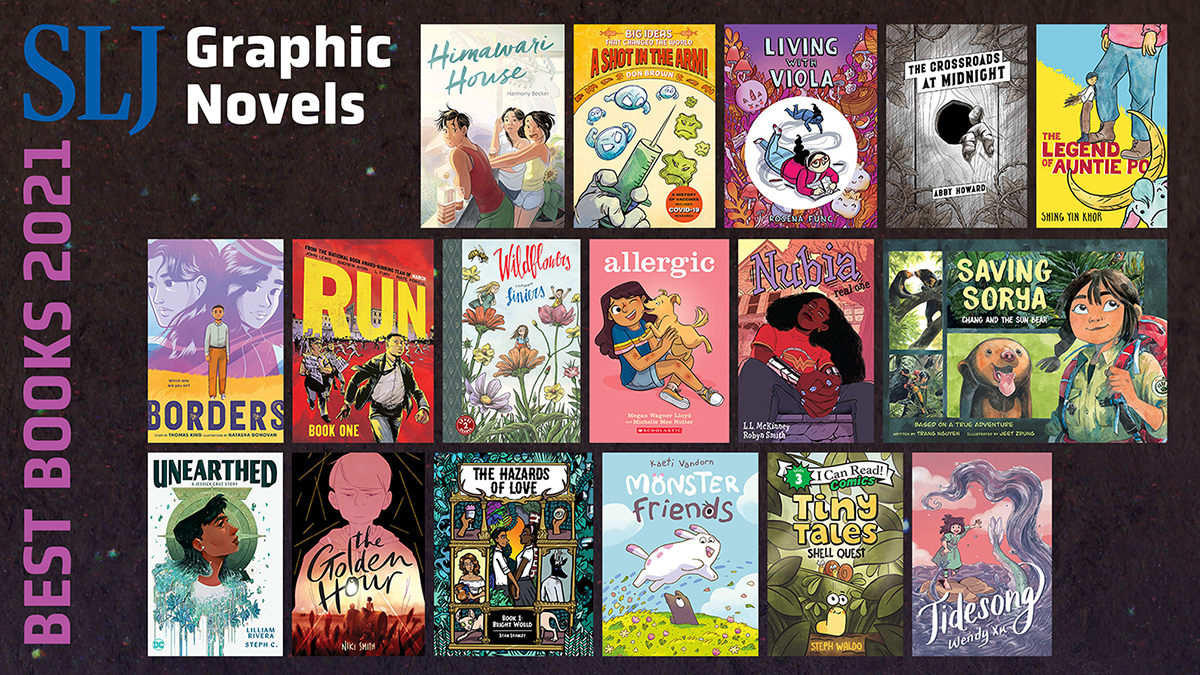
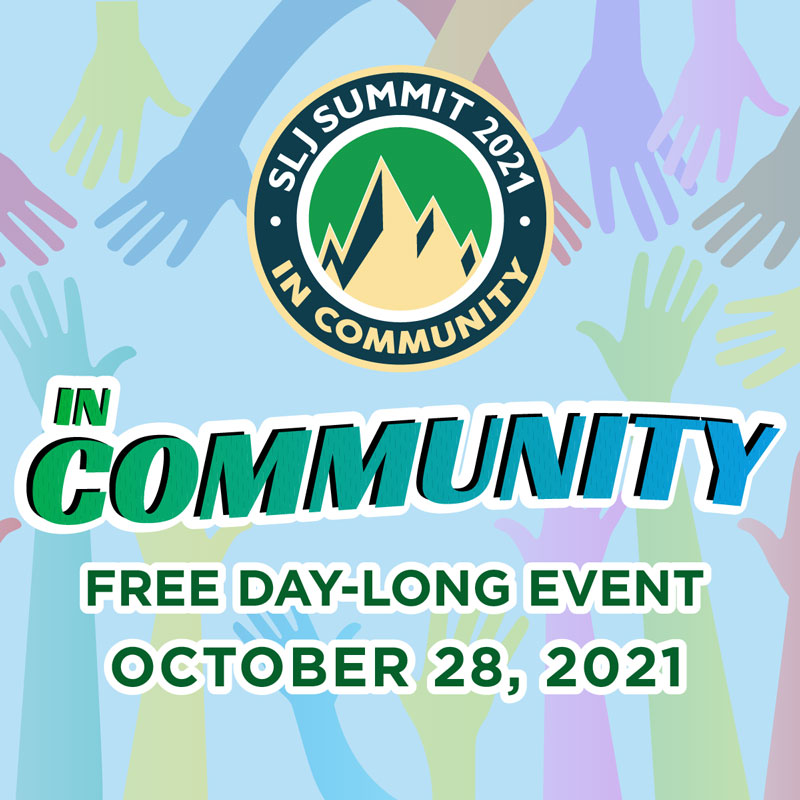
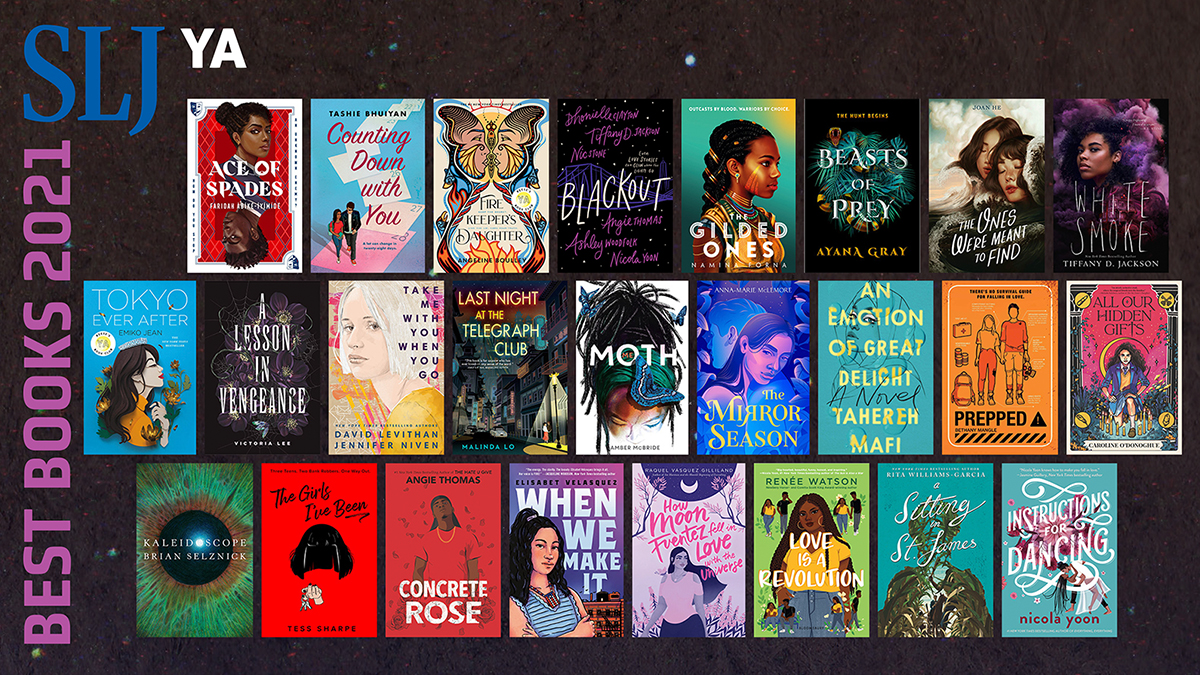
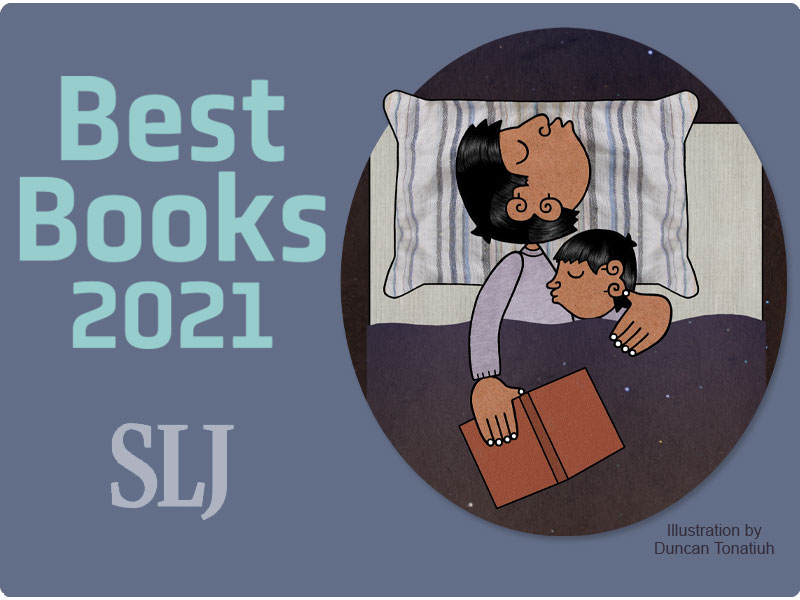
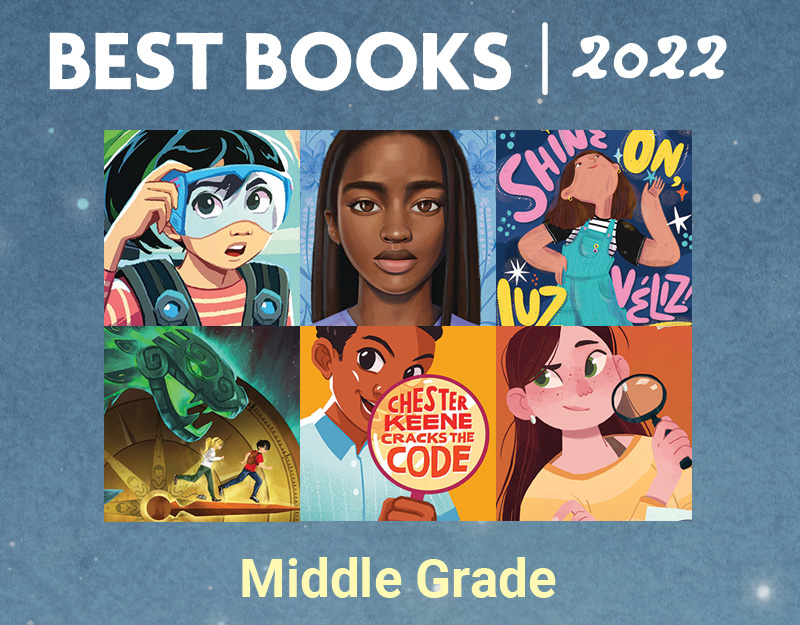
Thank you for reviewing two picture-book biographies about one of the most remarkable teacher-student relationships in history. I look forward to reading both books and obtaining a new angle on a familiar, but never tedious, story.